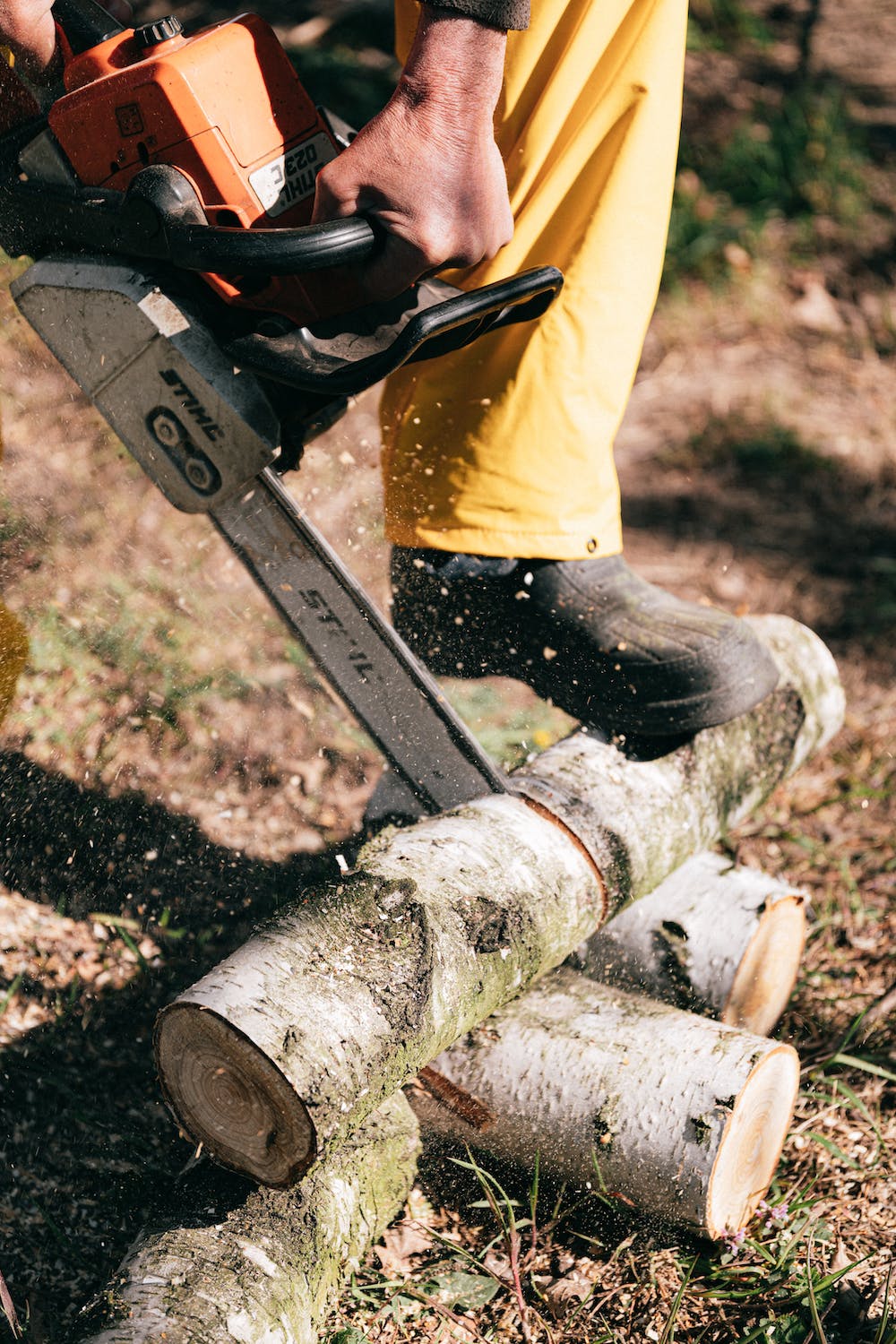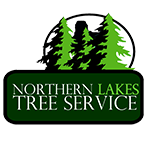Tree Trimming Safety Precautions
Tree trimming operations are dangerous and can sometimes be a hazardous job. These operations (removal of limbs and branches without removing the trunk or the tree itself) may require climbing and pruning with trimmers or, sometimes, a chainsaw. Also, with tree trimming operations, you risk falling from trees and/or electrocutions from nearby powerlines.

Remember that these operations require different sets of skills, so extra training is always needed before you work at heights or near powerlines. Sometimes, it is better to contact professionals.
Always remember these tips whenever you plan on trimming your trees on your own:
- Always wear protective equipment.
- Hard hat: always wear a hard hat to protect your head from falling branches or limbs.
- Gloves: Gloves are worn to protect your hands from cuts and bruises.
- Sturdy boots: wearing boots will help you reduce the risk of falling or slipping.
- Climbing equipment: this includes belts, ropes, safety harnesses, lanyards, slings, and carabiners that are appropriate for the job to keep you secured in the tree.
- Face shields and goggles: these are worn to protect your eyes and face from debris and kickback from machines.
- Leg protection: for performing ground operations, you’ll need leg protection to cover the entire thigh to the top of each foot.
- Always have a partner working with you.
It is always better to work with someone who knows CPR and first aid in the event that an emergency occurs.
- Mark off your work area.
This is to ensure the safety of passersby and your co-workers.
- Always take precautions about your distance from power lines.
Always treat powerlines as live. Never use conductive tools near them. Don’t go near power lines; if you must, contact the local utility company to de-energize the lines.
- Inspect the trees for weaknesses.
Be careful for cracked or split limbs; never use dead, weak, or small branches as footholds when climbing a tree.
Also, follow these safety precautions from OSHA for tree trimming and removal.
Assume that all power lines are energized!
- Contact the utility company to discuss de-energizing and grounding or shielding power lines.
- All tree trimming or removal work within ten feet of a power line must be done by trained and experienced line-clearance tree trimmers. A second tree trimmer is required within the normal voice communication range.
- Line-clearance tree trimmers must be aware of and maintain the proper minimum approach distances when working around energized power lines.
- Use extreme caution when moving ladders and equipment around downed trees and power lines.
Stay alert at all times!
- Do not trim trees in dangerous weather conditions.
- Perform a hazard assessment of the work area before starting work.
- Eliminate or minimize exposure to hazards at the tree and in the surrounding area.
- Operators of chain saws and other equipment should be trained, and the equipment should be properly maintained.
- Use personal protective equipment such as gloves, safety glasses, hard hats, hearing protection, etc., as recommended in the equipment manufacturer’s operating manual.
- Determine the tree’s falling direction. Address forward lean, back lean, and/or side lean issues.
- Determine the proper amount of hinge wood to safely guide the tree’s fall. Provide a retreat path to a safe location.
- Inspect tree limbs for strength and stability before climbing. Tree trimmers working aloft must use appropriate fall protection.
- Do not climb with tools in your hands.
- If broken trees are under pressure, determine the direction of the pressure and make small cuts to release it.
- Use extreme care when felling a tree that has not fallen completely to the ground and is lodged against another tree.
- Never turn your back on a falling tree.
- Be alert and avoid objects thrown back by a tree as it falls.
Remember, if you think that you cannot do the trimming on your own, always call professionals to do it. You can also contact us for future jobs and meeting arrangements.
